A Balanced Diet – Minerals and Proteins
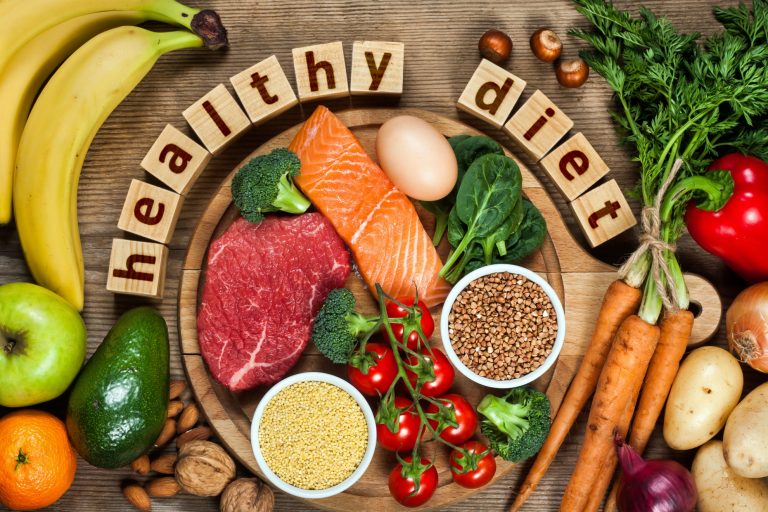
A balanced diet is essential to health
Table of Contents
Minerals
Various minerals in the Earth’s crust are required for a healthy balanced diet. These inorganic compounds have various roles or functions in the human body as well as in many other species (see a summary of essential minerals needed by plants). A summary of the main minerals involved in a balanced diet is outlined below:
- Iron – Iron is an essential constituent of hemoglobin. The hemoglobin is the molecule responsible for transporting oxygen in the bloodstream. It is also a part of cytochrome (an area important in cell respiration). Thus, it is an important mineral to have in our diet.
- Calcium – Calcium is required for strong bones and teeth. It is also essential in muscle contraction. Calcium can be found in various dairy products, such as cheese and milk.
- Sodium – Sodium is required by nerve cells. It is also used to produce hydrochloric acid that aids in food digestion.
- Iodine – Iodine is used to create thyroxine, a hormone that is partly responsible for controlling metabolic rate in the body.
Recommended reading: The Essential Elements from Science Learning Hub.
Proteins
As mentioned in the Cell Biology tutorial regarding the variety of proteins used in our body, it is essential that our diet contains proteins to achieve a healthy balanced diet. They are the building blocks of enzymes, hormones, and antibodies — all of which are essential in many biological processes.
Proteins consist of amino acids. Some of these amino acids are deemed essential as they cannot be synthesized from other materials and thus must be part of the diet.
Protein is abundant in dairy products, soybeans, meat, and cereal; which are all constituents of a healthy balanced diet.
You will also like...
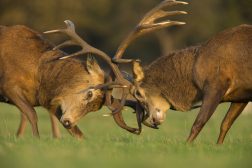
The Gene Pool and Population Genetics
According to Charles Darwin's theory of natural selection, preferable genes are favored by nature in the gene pool, and ..
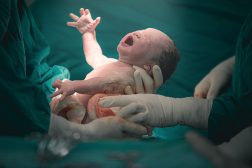
Birth of a Human Baby
Following nine months inside the mother's womb is the birth of the baby. Know the different stages of the birthing proce..
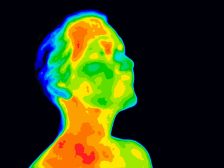
Regulation of Organic Metabolism, Growth and Energy Balance
The human body is capable of regulating growth and energy balance through various feedback mechanisms. Get to know the e..

Still Freshwater & Plants
Plants in lentic habitats have features not found in terrestrial plants. They acquired these features as they adapt to t..
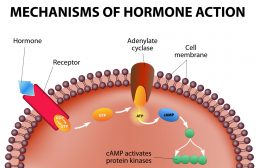
Homeostatic Mechanisms and Cellular Communication
Homeostasis is the relatively stable conditions of the internal environment that result from compensatory regulatory res..
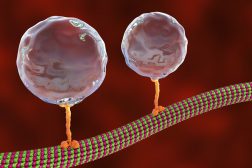
Movement of Molecules Across Cell Membranes
Molecules move within the cell or from one cell to another through different strategies. Transport may be in the form of..
